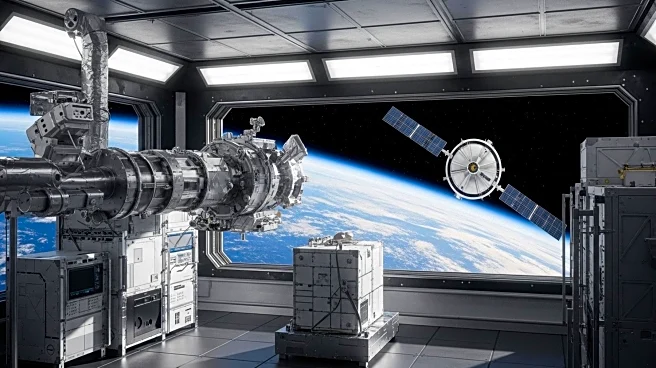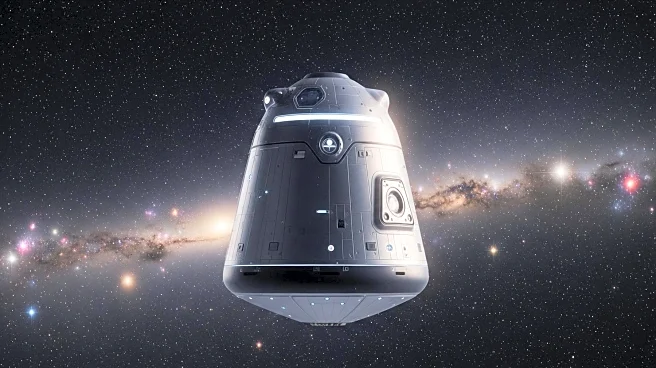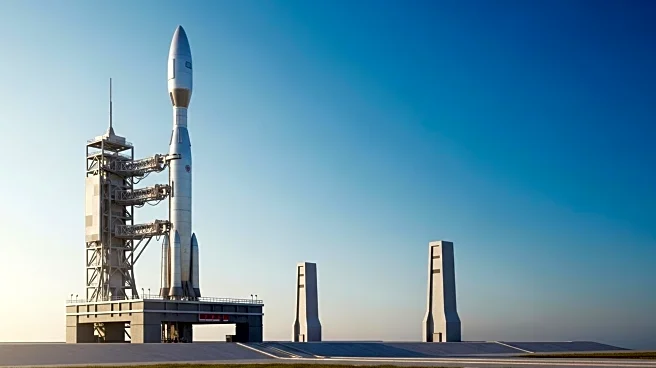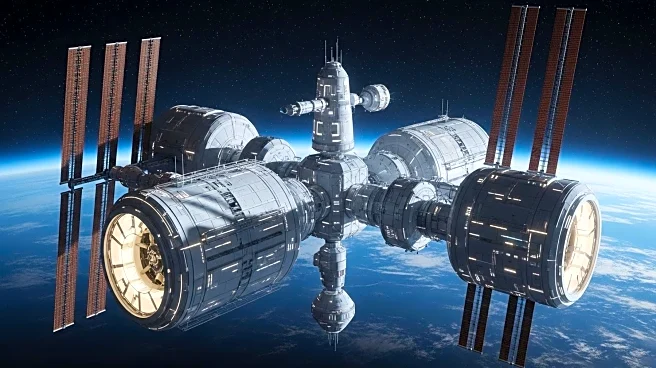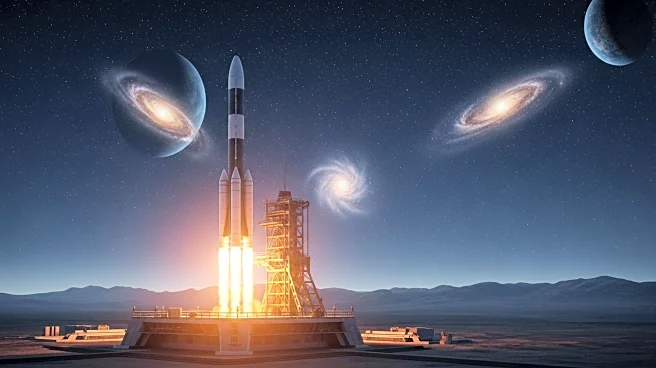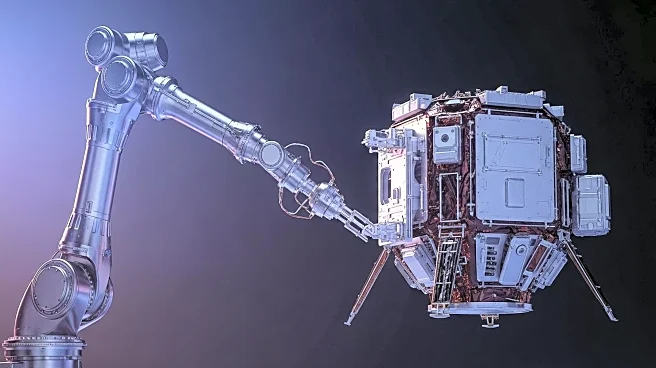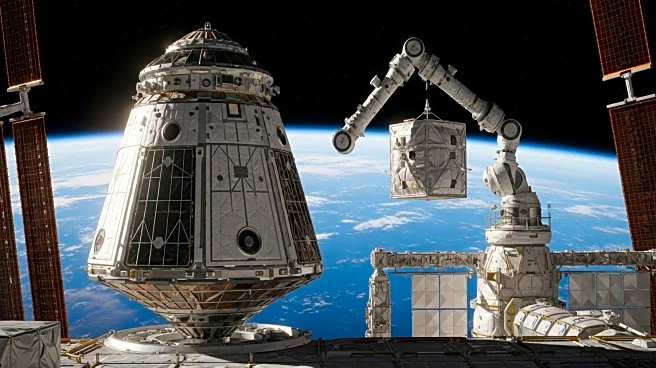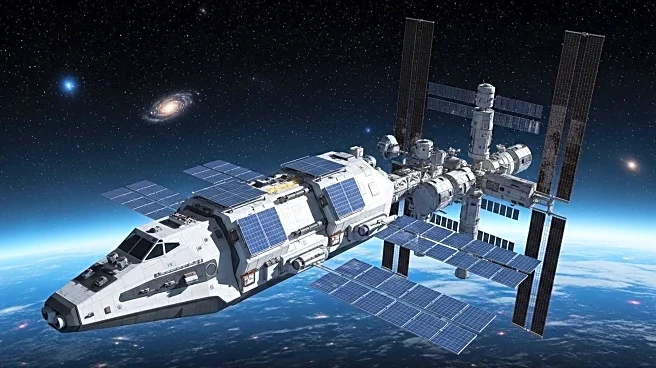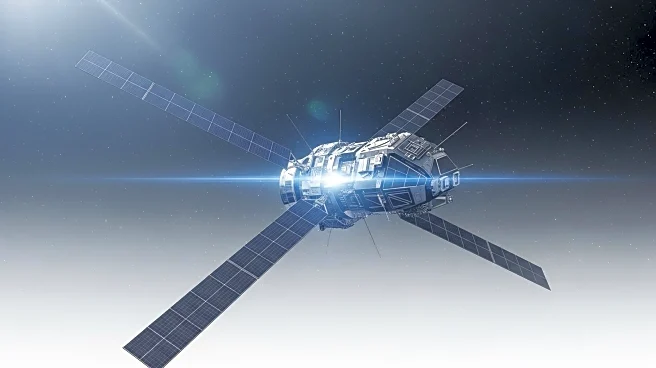What's Happening?
Blue Origin successfully launched its 35th New Shepard suborbital mission today, following a nearly four-week delay. The uncrewed flight, designated NS-35, took off from Blue Origin's West Texas site at 9:01 a.m. EDT. Instead of carrying a crew, the capsule transported over 40 scientific payloads, including 24 experiments from the NASA TechRise Student Challenge. This initiative encourages students from grades 6 to 12 to design and launch experiments on NASA-supported test flights. The New Shepard vehicle, consisting of a reusable first-stage rocket and capsule, reached above the Kármán Line, the boundary of space, and completed its mission in approximately 10 to 12 minutes. The booster safely landed 2 miles from the launch pad, while the capsule descended under parachutes for a touchdown. The flight was initially scheduled for August 23 but was postponed due to issues with the booster's avionics.
Why It's Important?
The successful launch of NS-35 marks a significant milestone for Blue Origin, as it continues to expand its capabilities in suborbital space missions. By carrying scientific payloads, the mission supports educational initiatives like NASA's TechRise Student Challenge, fostering interest in STEM fields among young students. This aligns with Blue Origin's broader goals of promoting science, technology, engineering, art, and mathematics (STEAM) education. The flight also contributes to the growing number of payloads launched by New Shepard, which now exceeds 200. Such missions are crucial for advancing scientific research and experimentation in microgravity environments, potentially leading to breakthroughs in various fields.
What's Next?
Following the successful NS-35 mission, Blue Origin is likely to continue its focus on both crewed and uncrewed flights, furthering its commitment to space tourism and scientific exploration. The company may address any remaining technical issues to ensure future launches proceed smoothly. Additionally, the results from the scientific experiments conducted during this flight could provide valuable insights, influencing future research and development in space technology. Stakeholders, including educational institutions and research organizations, may look forward to more opportunities to participate in similar initiatives.
Beyond the Headlines
The NS-35 mission highlights the growing role of private companies in space exploration and education. Blue Origin's collaboration with NASA and its emphasis on STEAM education reflect a broader trend of integrating commercial space ventures with public educational goals. This partnership could lead to increased investment in educational programs and inspire a new generation of scientists and engineers. Furthermore, the reusable nature of the New Shepard vehicle underscores the importance of sustainable practices in space travel, potentially reducing costs and environmental impact.

